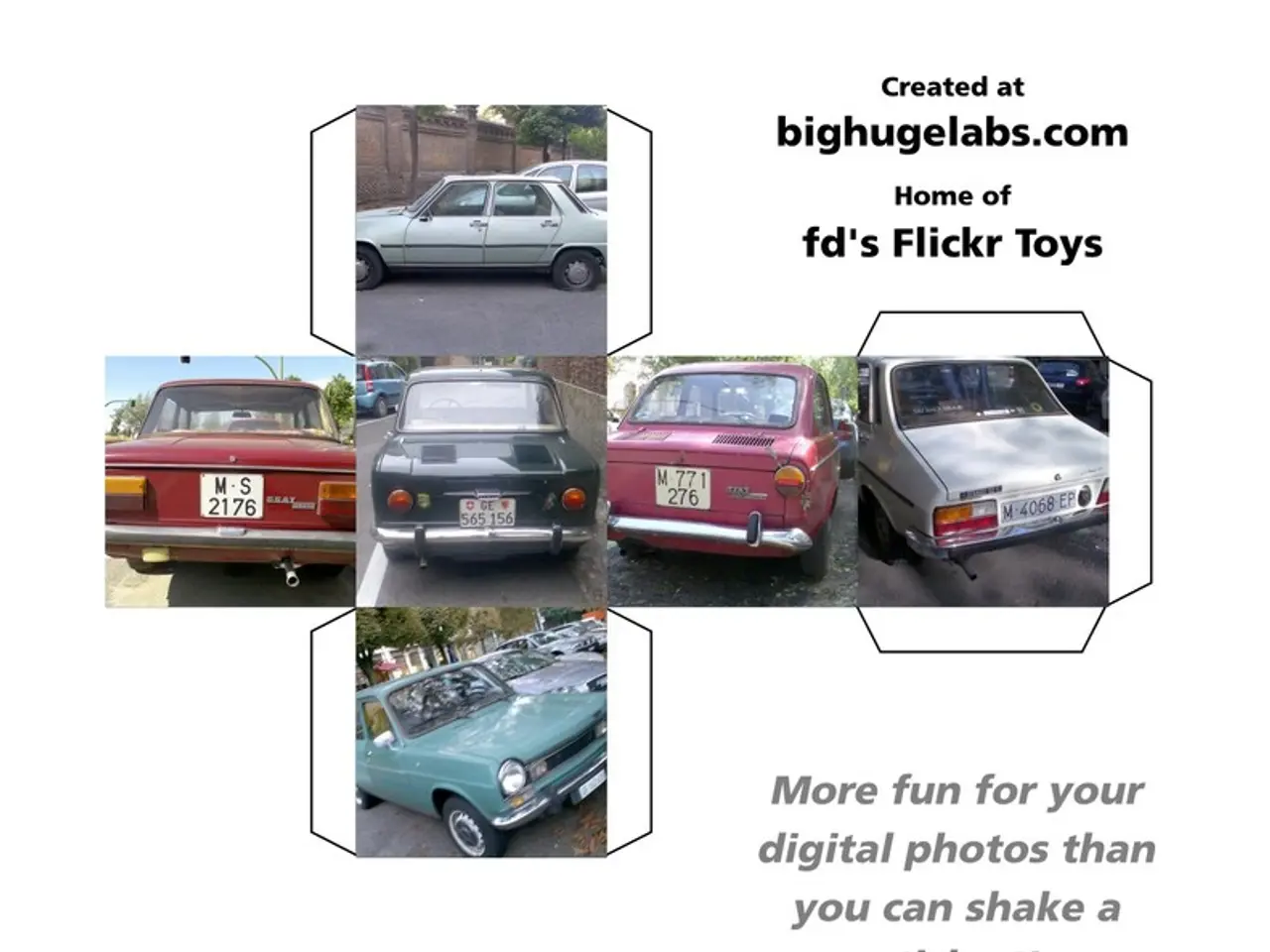Electric Power Supply Solutions Provided by Vishay for In-Vehicle Applications
In the ongoing quest for a greener future, advancements in technology are playing a significant role in the evolution of electric vehicles (EVs). One such area of focus is the onboard charger (OBC) systems, which are essential for charging EVs efficiently and quickly.
The integration of passive components in the power modules of these OBCs enables further optimization of the design, leading to increased efficiency and power density. This enhancement results in a reduction in charging time for electric cars, making EV ownership more convenient for consumers.
The OBCs, capable of handling a loading power of up to 22 kW, utilize a 3-phase input voltage in the range of 340 VAC to 480 VAC. Two resonant converters are employed in the charging system, one in the positive and one in the negative DC-Link, connected in parallel on the output side to achieve the charging power for the battery.
The resonant capacitor, a core component of this charging system, requires high voltage and current stability, and very good parameters for the di/dt edge steepness. The semiconductors used in the circuit can be integrated efficiently and space-savingly into Vishay power modules.
The internal structure of the power modules is adapted to the requirements of the automotive industry. The use of press-fit connections for the electrical contacts makes it easy and quick to assemble the modules. The challenge with this topology lies in optimizing the circuitry of the two resonant transformers for all operating points to minimize interference to the input and output voltages.
On the output side, the AC voltage of the transformer is rectified by a diode bridge and stabilized by capacitors. The output voltage range of 22 kW OBCs is 250 V to 500 V, with a maximum current of approximately 50 A. The output charges the vehicle battery via the on-board power supply and the battery management system for the next trip with the vehicle.
The input stage of the OBC uses a T-type Vienna rectifier for power factor correction. The EMIPAK 2B package is a robust and efficient solution for power modules in OBCs. The two resonant transformers are driven by a MSOFET H-bridge with a switching frequency in the range of 150 kHz to 250 kHz.
The charging system also utilizes an isolated DC/DC converter to set the charging voltage of the high voltage battery. The high power OBCs rely on semiconductor solutions in power modules for their high power density. Despite extensive research, specific companies supplying power modules designed specifically for electric vehicle charging systems with a charging power of up to 22 kW and high efficiency and power density remain undisclosed.
The advancements in OBC technology are a testament to the ongoing efforts to improve the charging infrastructure for electric vehicles, making them a more viable and convenient option for everyday use. As research continues, we can expect to see further improvements in charging speed, efficiency, and overall user experience.
Read also:
- Understanding Hemorrhagic Gastroenteritis: Key Facts
- Stopping Osteoporosis Treatment: Timeline Considerations
- Expanded Community Health Involvement by CK Birla Hospitals, Jaipur, Maintained Through Consistent Outreach Programs Across Rajasthan
- Abdominal Fat Accumulation: Causes and Strategies for Reduction







